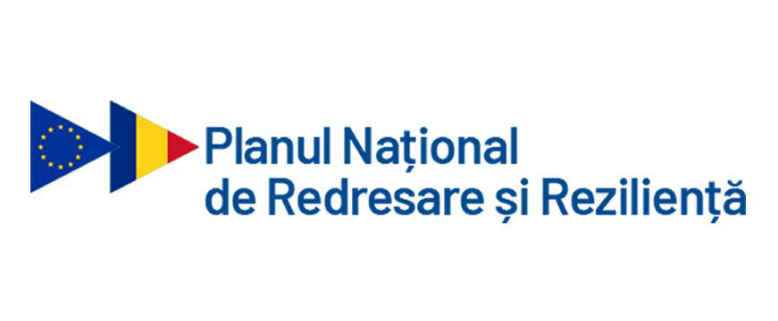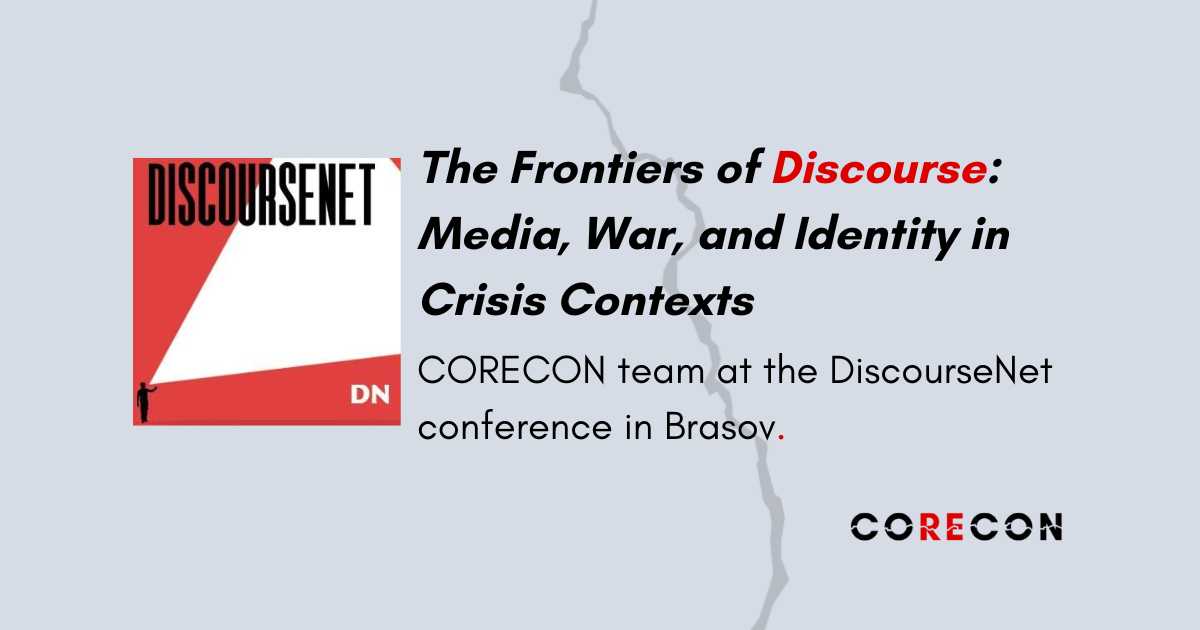The conference entitled Discourse Across Cultures was held at Transilvania University of Brașov on March 21-22, focusing on two key words: discourse and culture. The focus of this event was on cross-cultural discourse patterns, as well as on specific communicative practices within cultures and offered participation opportunities to researchers interested in diverse research areas: linguistics, cultural studies, social development, translation studies, bilingualism/multilingualism, culture and language, rhetoric, sociolinguistics, narrative studies, discourse and pedagogy.
Members of the CORECON project participated in this conference with a panel entitled The Frontiers of Discourse: Media, War, and Identity in Crisis Contexts. The presentations in this panel explored how public discourses are constructed, contested and instrumentalized in contexts of crisis, with a particular focus on war, migration and media representations. Discussions addressed how social conflicts and crises are reflected in the public space and how the legitimacy of certain actors, ideas or actions is constructed through discourse. Furthermore, the CORECON team analyzed the processes through which media contribute to the formation of dominant narratives and the shaping of political and social positions.The interdisciplinary perspective of the panel highlighted multiple points of view on the dynamics of discourse in times of crisis while providing a useful theoretical framework for its analysis. The main aim of the panel presentations was to emphasize that critical discourse analysis is a useful tool for understanding how social realities are constructed and reconfigured.
The panel consisted of seven paper presentations. The Polish team was represented by Katarzyna Molek-Kozakowska and Premyslaw Wilk. The presentation of Katarzyna Molek-Kozakowska focused on AI applications (ChatGPT) and was based on an experiment in which ChatGPT-4 was prompted to provide information on the causes, responsibilities and future scenarios of the war in Ukraine, while Premyslaw Wilk’s presentation focused on Polish reporter Marcin Ogdowski’s opinionated view of the conflict on Facebook. The Romanian team has had three paper presentations. The presentation delivered by Simina-Maria Terian and David Morariu analyzed the way in which the candidates in the Romanian presidential elections relate to the Russian-Ukrainian conflict by undertaking a critical analysis of their speeches. Afterwards, Simina-Maria Terian and Denisa-Maria Bâlc offered a comprehensive perspective on migration, analyzing the social, cultural, and political causes that drive migration and how these perceptions have evolved across the two key phases: pre-migration and in-migration. The third presentation of the Romanian team was delivered by Iulia-Maria Ticărău, who analyzed the role of the use of multimodality in the construction of the female imaginary during military conflicts. The last two presentations were run by members of the English team. Corina Selejan made a comparative endeavour between the discourse of mainstream media and that of alternative/social media on the Ukrainian-Russian war with a specific focus on hot war tourism and Crina Neacșu explored the media representations of sexual violence in the coverage of the Russian-Ukrainian war with the aim to identify the linguistic similarities and dissimilarities between how Romanian and English language news outlets broach this subject.





